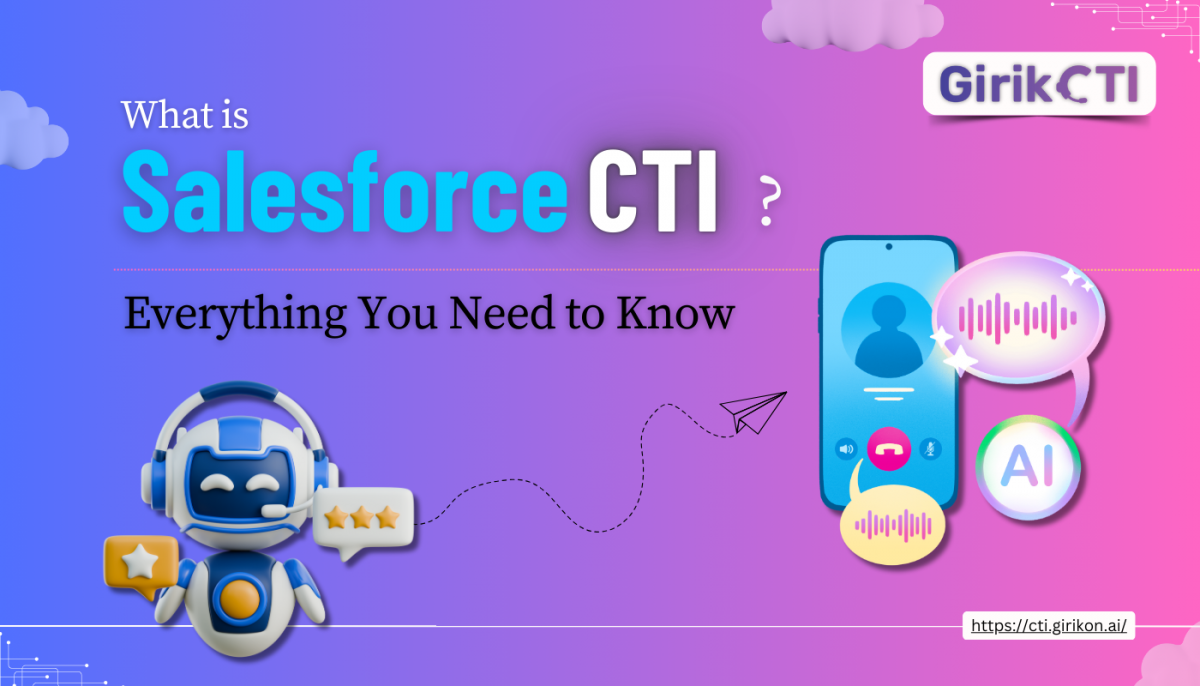Our Blogs
Generative Artificial Intelligence (Generative AI) is the latest next generation technology. Generative AI tools have made it very easy for employees and professionals to compose and refine emails, fine tune presentations and reports, write code, put together social media campaigns, and fast track customer service interactions. But not everyone is able to maximize its full potential. More often than not it comes down to the prompt, the statements or questions you feed into a Generative AI tool. The better your prompts, the better will be the Generative AI response.

The key takeaway
If you want to get the most out of Generative AI and the generative pre-trained transformer (GPT) models that generate conversational language, you might want to get your hands dirty in prompt engineering. This gives the Generative AI model clearer details for what you want instead of being ambiguous. Generative AI is getting smarter as you read this, but it cannot read your mind. It can only give you responses based on its understanding of the prompt you give it. So be specific.
GPT works better when the prompt is longer. The prompt, which is the question you are asking the tool, needs to be precise and contextual for it to generate the right response. And that’s the key to unlocking the full potential of Generative AI.
What you need to know
When writing a prompt, approach the tool like you’re having a normal day to day conversation with a colleague. Use clear language and descriptions. The devil is in the detail. The Generative AI tools will work better for you if your prompts are precise and detailed. You can have an interactive conversation with your Generative AI tool and dive deeper into what you’re looking for. These following tips would be helpful when writing prompts for Generative AI:
- Write clearly and concisely so your Generative AI tool understands your specific request.
- Write linguistically correct, complete sentences with descriptive words, that clearly describes what you’re looking for.
- For precise responses, ask specific questions, and avoid questions that offer a yes/no response.
- Add context to your prompt. Explain what is it that you wish to achieve and define your target audience.
- Engage in a back-and-forth conversation. Follow up the initial response with further questions to go deeper and get even more specific and relevant responses.
What is prompt engineering?
Prompt engineering is the art of asking clear, descriptive questions or providing detailed information to Generative AI tools, such as a GPT tool or chatbot, to fetch the best results.
With the meteoric rise in adoption of Generative AI tools for personal as well as business use, effective prompt engineering skills can help you improve the efficacy of these generative AI tools. The more specific and descriptive your prompt, the better the AI generated results. And you can get creative like you would ask an expert of the subject of your enquiry. For instance, you can even ask the Generative AI tool to reply as someone well known, like Isaac Newton, to get a response from that individual’s point of view. Generative AI uncovers information from piles of data available on the internet. However, narrowing down your query by providing specific questions or instructions in your prompt and adding context will deliver better results. So get creative.
Whether you are an expert prompt engineer or a novice in generative AI, it would be prudent to follow these 6 tips mentioned below to get the most from this disruptive technology.
Be specific: For example, instead of writing, “Create a social media campaign,” which is a very generic instruction, you can write, “Create a social media campaign for an ecommerce website that sells sports apparel for tennis fans of Roger Federer and Rafael Nadal.”
Engage conversationally: Generative AI may not understand localized dialect or colloquial language. Imagine you are speaking to a co-worker, not a computer.
Use open-ended questions: Avoid question with binary responses like a yes/no response. These prompts limit the Generative AI’s ability to surface detailed, contextual information.
Set a persona: Get creative. Ask the Generative AI tool to give answers from the point of view of a public figure (past or present) like Isaac Newton or Christine Amanpour depending on the subject you want to ask about. In fact, you can even define a specific role for specific answers like an operations manager or lawyer.
Define your audience and channel: Specify in your prompt whether you are writing for millennials or GenX. Specify where the audience is going to read it – such as on a social media platform, a blog post, or on website.
Ask follow-up questions: The beauty of Generative AI is that you can engage in a back-and-forth conversation with it while maintaining context. It’s akin to speaking with a human. Except that it’s not. If you are not happy with the initial response, you can ask follow-up questions to get more specific responses. This technique is sometimes referred to as “prompt chaining,” where you split your prompts sequentially to get more specific and tailored answers and use answers from one prompt to draw out the next.
Use prompt engineering effectively for Generative AI products to work with you and not against you
Generative AI tools are new and evolving as you read this. They are not perfect and they’re definitely not human. They are designed to make you feel like you’re having a conversation with a human on the other side, but in reality, it’s a back-and-forth with a computer that has access to heaps of data. Keep these points in mind during your Generative AI prompt writing and subsequent usage of the responses:
- Generative AI is not always factual. Sometimes it makes up answers, so ensure that you verify what you get.
- Avoid any copyright infringements. Ensure that what your Generative AI tool gives you isn’t plagiarized from somewhere.
- Generative AI tools do not understand nuance, local dialects and subtlety. They are not from your neighbourhood. Ensure that your prompts are as specific and clear as possible.
Generative AI is not always completely accurate. It’s a fundamental reality of this technology and as a user you need to ensure that you verify any factual data or information before publishing it.
Generative AI is already creating a revolution in CRM applications. Girikon is a Certified Salesforce Implementation Partner with a global delivery model. To know more about how Generative AI can work for you, connect with an expert today.

 +1-480-382-1320
+1-480-382-1320 +44-7428758945
+44-7428758945 +61-1300-332-888
+61-1300-332-888 +91 9811400594
+91 9811400594


















